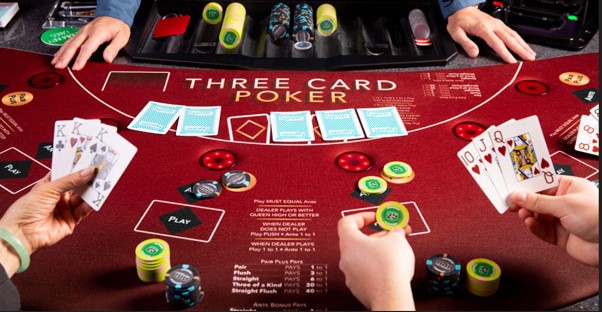Slot machines, often referred to as “jawara 79,” have stood as iconic symbols of casinos and entertainment venues for decades. These machines have a fascinating history and continue to captivate individuals worldwide with their blend of chance, excitement, and potential rewards. From their humble beginnings to their modern incarnations, slots have evolved significantly, yet their fundamental appeal remains unchanged.
A Brief History
The origins of slot machines can be traced back to the late 19th century. The first mechanical slot machine, known as the Liberty Bell, was invented by Charles Fey in 1895. This three-reel machine featured five symbols: horseshoes, diamonds, spades, hearts, and a Liberty Bell, which also lent its name to the device. The Liberty Bell machine paved the way for the development of modern slots, despite its simpler mechanism and limited payouts.
Over the years, slot machines underwent numerous transformations. The electromechanical era in the 1960s and 1970s introduced machines with more elaborate designs, additional reels, and new features like flashing lights and sounds. The digital revolution in the 1980s brought about video slots, offering enhanced graphics, diverse themes, and multiple paylines, further revolutionizing the industry.
The Appeal of Slots
One of the primary reasons for the enduring popularity of slot machines is their simplicity and accessibility. Unlike table games that may require a certain level of skill or strategy, slots are easy to understand and play. Players can simply insert a coin or bill, push a button or pull a lever, and watch the reels spin, creating a sense of anticipation and excitement with each turn.
Moreover, the wide variety of themes and designs in modern slots caters to diverse interests, ranging from ancient civilizations and mythology to pop culture references. This variety ensures that there’s a slot game for almost every preference, making it easier for individuals to find a game that resonates with them.
